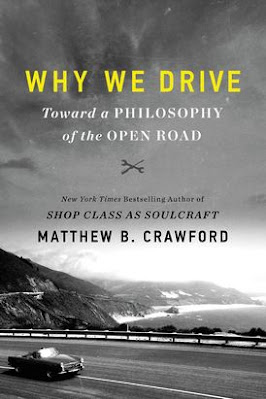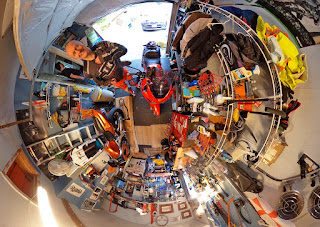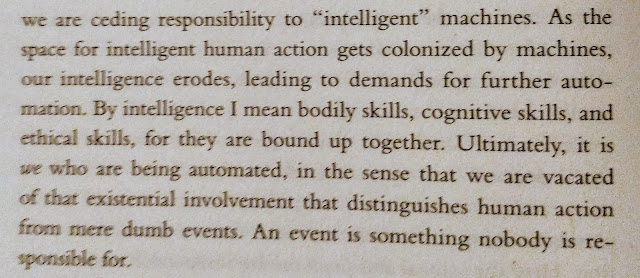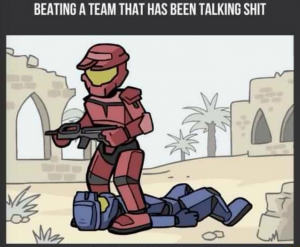| The first real cross country trip |
I’ve been going out on local jaunts, no more than an hour out and back again. Last weekend I did my first cross country trip, actually going somewhere. A Saturday trip from Elora to Ancaster for an education conference. 75 kms each way and well out of my right around the house roads.
The ride down was a bit awkward. It was cool, but I went light knowing that it was getting hotter later in the day. After about half an hour on the bike I realized that I was tense all over, not the best approach to riding. I made a point of unclenching and trying to go for alert and relaxed.
 |
| I got there early, elated, and a bit cold, the Starbucks on tap helped |
The ride had a lot of firsts: my first passing of another vehicle, my first time on a divided, multi-lane highway and my first time on non-local, unfamiliar roads. I stopped a couple of times to make adjustments and to stretch. That unclenching thing is perhaps the best thing I learned. Rather than gripping the handlebars, I started holding them more loosely, which stopped the fingers from stiffening up. I also made a point to move around a lot on the bike, sometimes getting down behind the windshield and out of the blast, other times sitting up into it.
The ride ended uneventfully with me pulling in to the school parking lot early and parking next to another teacher I’d been talking bikes with the week before. I was able to drop my gear in an office in the school and enjoyed the gathering. Showing up to something like this after a bike ride has you full of oxygen and feeling energized, it’s a nice way to start the day.
| Sulfur Springs Road out of Ancaster |
I left from downtown Ancaster in late afternoon. The temperature was about fifteen degrees warmer than it had been, but the nicest surprise was stumbling across Sulfur Springs Road as I was mapping my way out. This was five kilometers of decidedly un-Ontario curvy road. I got my gearing wrong on almost all of it, but it was nice to wind my way through. If you’re down Hamilton way, I’d highly recommend it. There are some really nice, old pubs on Ancaster’s main street as well, which was the only time I regretted riding the bike (no Guinness for me).
The ride back was beautiful. Warm but not hot, sunny, but I wasn’t riding into it, mostly empty roads, and the ride down had shown me a couple of ways not to get too tense while in the saddle for a long time. If you can stay loose, you’ll be more aware of what’s going on around you and be better able to respond to it. If that’s a 150 kilometer trip then I think I could squeeze out 100km bursts four or five times in a day with breaks between quite comfortably. On a more comfortable bike (the Ninja is a little high strung), I’d do a couple of tanks (about 160 miles to a tank on the Ninja) a day and feel like I’m covering miles well without pushing hard. That puts me well over 500kms a day on two tanks (about thirty bucks worth of premium gas).
Back over the 401 on my way back I came upon a multi-vehicle accident with ambulances tearing away with lights and sirens and several police and fire/emergency units on hand. The wrecked vehicles were both SUVs… those things just aren’t safe, especially when one runs a four way stop and broadsides another one. Many people were very anxious about my riding down to this thing. I wonder how many worried about making the trip in SUVs.
I’m suspicious of anyone in a car when I’m on the bike, but I find that bleeding over into when I’m in a car too. I’m beginning to think anyone who wants to drive a car should have to do a year on a bike first, it’d give them some much needed humility, and an opportunity to appreciate the physics of driving without being isolated in a metal box.





























